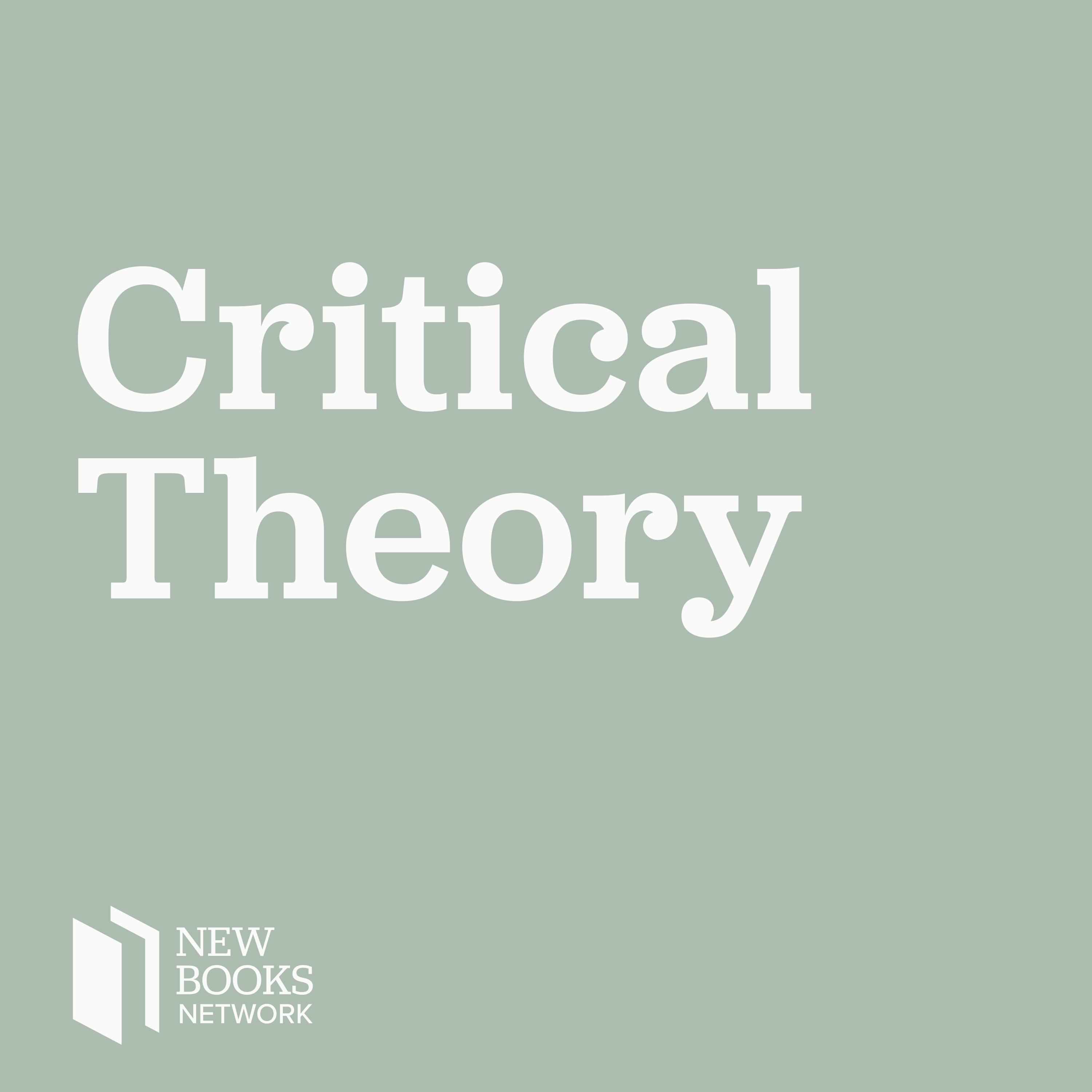
Wan-Chuan Kao, "White before Whiteness in the Late Middle Ages" (Manchester UP, 2024)

New Books in Critical Theory
Deep Dive
Shownotes Transcript
White before Whiteness in the Late Middle Ages) (Manchester University Press, 2024) by Dr. Wan-Chuan Kao analyses premodern whiteness as operations of fragility, precarity and racialicity across bodily and nonsomatic figurations.
The book argues that while whiteness participates in the history of racialisation in the late medieval West, it does not denote skin tone alone. The 'before' of whiteness, presupposing essence and teleology, is less a retro-futuristic temporisation - one that simultaneously looks backward and faces forward - than a discursive figuration of how white becomes whiteness. Fragility delineates the limits of ruling ideologies in performances of mourning as self-defence against perceived threats to subjectivity and desire; precarity registers the ruptures within normative values by foregrounding the unmarked vulnerability of the body politic and the violence of cultural aestheticisation; and racialicity attends to the politics of recognition and the technologies of enfleshment at the systemic edge of life and nonlife.
This interview was conducted by Dr. Miranda Melcher whose* new book*)* focuses on post-conflict military integration, understanding treaty negotiation and implementation in civil war contexts, with qualitative analysis of the Angolan and Mozambican civil wars.*
Learn more about your ad choices. Visit megaphone.fm/adchoices)
Support our show by becoming a premium member! https://newbooksnetwork.supportingcast.fm/critical-theory)